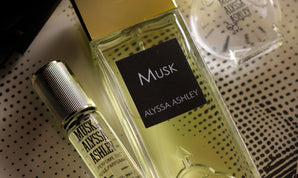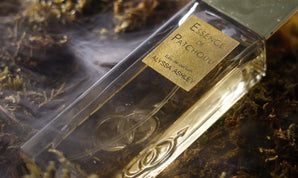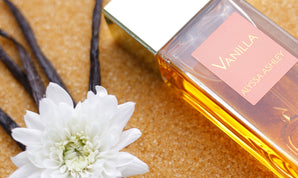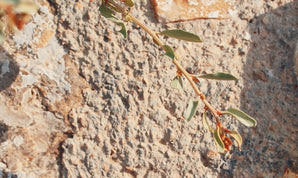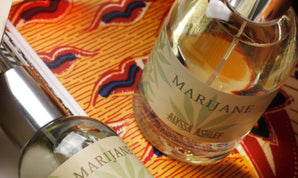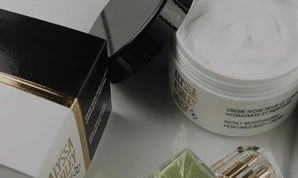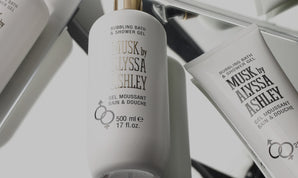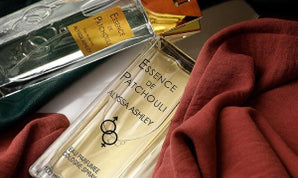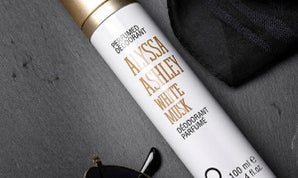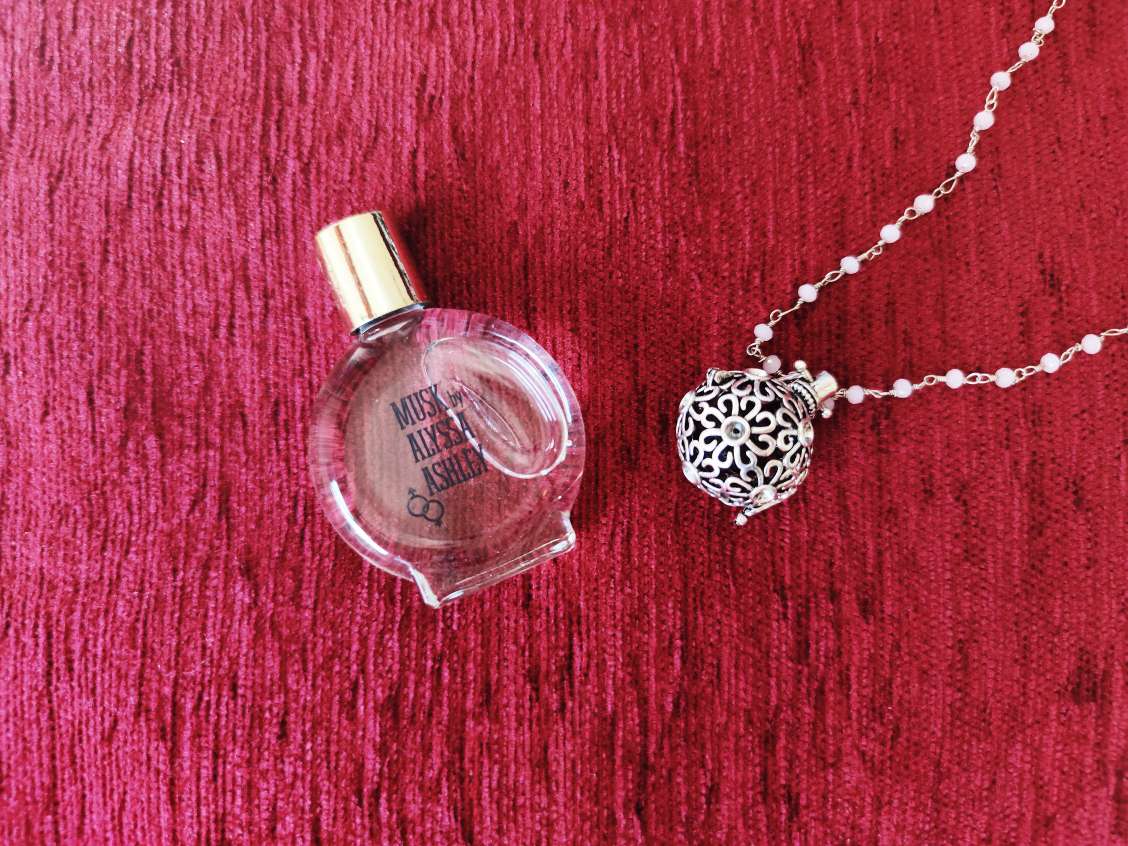- The story of pomanders
-
Contemporary interpretations to scented jewels
The jewels that release perfumes are a decorative element that has been around for centuries and over time has had different functions and values, but today I believe that perfumed jewels represent the materialization of the perfume-art to sublimate two of the most spontaneous and often underestimated senses: touch and smell.
This is why they are considered a sublime spark for multi sensoriality, combining the practical aspect (by being able to work on your own perfume for a few seconds or even not having to do it all day) to the aesthetic one, representing in some cases excellent examples of costume jewelry.
The story of pomanders
But our ancestors already knew all of this! The first traces of perfumed jewels date back to ancient Egypt when they were kept hanging from the neck inside a small dispenser. This accessory, which was used by both men and women, was used to be smelt or worn when necessary.
But it was during the Middle Ages that the perfume-diffuser-jewel par excellence emerged: the pomander. The English term indicates a small container (most of the time in a spherical shape) into which a small piece of gray amber is kept. The initial purpose of this item was more curative and preventive than decorative.
It was believed that particularly intense perfumes such as civet, musk, nutmeg and above all gray amber (to learn more about gray amber click here to read what I have to tell you) could prevent body effluvia and avoid contagion (theme from the thirteenth century but still very current!).
These objects’ popularity was widespread as they were considered fashionable and above all necessary to stay healthy. This is why they are often cited within poems and works that testify public interest:
"Amber apple, an artificial apple, made of amber and many other precious materials, very fragrant, comforts the brain and protects against the malice of the air."
Since the raw materials mentioned were expensive, they were enclosed in small cages made of precious metals which began to take on a real decorative role with time, with precious stones or with very precious filigree.
All this makes them particularly expensive and precious therefore represent nobility and wealth. It is easy to see nobles portrayed in their sumptuous dresses with a large pomander (the bigger it was the more value it had) hanging from their necks, used as a brooch or even as the ends of a belt. here is an example, the very elegant queen of England, Elizabeth I:
These objects therefore had a protective function and can be considered an example of a totally personal essence diffuser.
Those essence diffusers that have begun to crowd shelves and bedside tables and which increasingly state how much the world of smells is regaining attention in our daily lives.
Modern interpretations of perfumed jewels
But how are the other artistic sectors dealing with this return of perfumery? By focusing on the materialization of the experience and on style of course!
Large fashion houses, designers from all over the world and obviously fragrance houses took the opportunity to express a millenary tradition in a modern way.
Scented necklaces
We start with the most classic pendants containing porous materials such as lava stone or ceramic, capable of absorbing essential oils of perfumes and slowly releasing them. You have certainly heard of it and seen it in the windows of many jewelers and costume jewelry. In addition to being very nice, they are also particularly suitable for people who have epidermal intolerances, sensitive or inflamed skin.
But the best thing about it is that you can choose to use any type of fragrance, so you can choose your favorite scent and spread it from your necklace all day long.
The fragrances in oil have a better yield which is why I love to wear vintage style pomander with my Musk oil. I love it!
Scented earrings and rings
Some people focus on a smaller shape of these accessories to set tiny glass ampoules containing their perfume inside. In this case, these are not actual diffusers but containers, which often come with micro-brushes to be able to spread the wrists and neck in a quick, practical and certainly original gesture.
Modern designers, focus on this typology and attribute clean and contrasting geometric shapes to their jewels such as the selected raw materials: precious metals go with less noble ones such as marble or ceramic, wood is combined with glass and crystals that represent the archaic background of these perfume containers.
Scented tattoos
I bet you weren’t expecting this! Although perfumed hills are now a common commodity and jewelry has crossed the material-skin relationship for years, transferable tattoos imbued with perfume are certainly a nice new thing!
It was a well-known brand in niche perfumery to launch the on the market. These are transferable patches in fabric soaked in perfume, and certainly an element that everyone will notice, with both their eyes and nose!
Now that you know a little more about one of the many tangible aspects of perfumes, which one of these objects will you choose?
Whatever one it will be, it will not only be a decorative object but a symbol of constant dialogue with our past essential in this field as in all, to make the future perfect.
